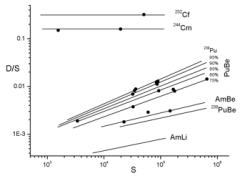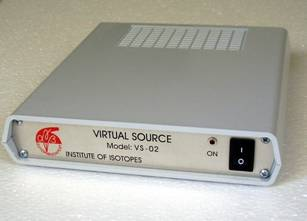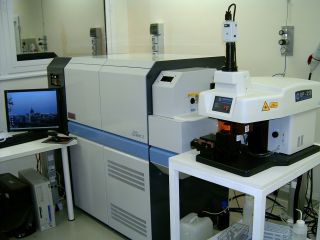Seminar on R & D activities at the Institute of Isotopes related to nuclear security
On February 19, 2010 a seminar was held at the IAEA headquarters in Vienna, in which the Institute of Isotopes presented several of its R&D activities in the field of nuclear security and nuclear forensics. In particular, the seminar focused on R&D activities related to the identification and characterization of neutron sources. In addition, recent developments at the laboratory for nuclear forensics and environmental analysis were presented. The following presentations from the seminar are available for download:
I. Introduction ("setting the scene") (A. Kovács)
II. Technical presentations:
1. In-field identification and categorization of neutron sources (J. Zsigrai)
2. Nuclear electronics for NCC measurements and training purposes (J. Huszti)
3. Laboratory for nuclear forensics and environmental analysis (É. Széles)
A summary of the topics discussed during the seminar is given below.
Identification of neutron sources and related nuclear electronics developments
|
The Institute of Isotopes developed a portable measurement system and methods for the rapid identification and characterization of neutron sources of unknown origin. In addition to identifying the type of the neutron source on the spot, the same equipment can also be used for more sophisticated measurements, e.g., to determine the fissile content, specific neutron yield etc. which can be useful information in identifying the origin of the sources. Neutron sources can be identified by measuring the neutron coincidence rate ("doubles", D) and total neutron count rate ("singles", S). The results are then plotted on a graph representing the ratio D/S as a function of S, which provides the key for the identification of the sources. |
 |
|
As part of the Hungarian support programme to IAEA safeguards a pulse train recorder for neutron coincidence counting was also developed. The pulse train recorder is a list mode device which can substitute the shift register and is an important part of the above described system. Its demonstration to IAEA was made in December 2008 in the IAEA laboratory. Another development is the so-called virtual neutron source. The virtual source is a tool for reproducing impulse trains recorded with a list mode device. It replaces a real source and a detector, and therefore opens new possibilities for training in neutron coincidence counting. |
 |
Laboratory for nuclear forensics and environmental analysis
|
The Laboratory for nuclear forensics and environmental analysis of the Institute of Isotopes is capable of a complete nuclear-forensic characterization of most types of nuclear material, by the combined use of DA and NDA instrumentation, including HRGS, ICP-SFMS, SEM and NCC. In addition, ultra-trace level environmental measurements are carried out at the laboratory. |
 |

